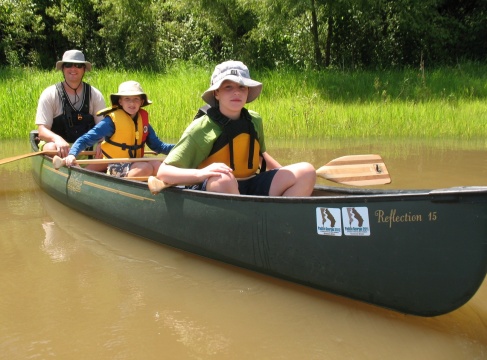When I got the go-ahead for my Meet the Wild course, I made establishing a bird-feeder and bird-bath station a high priority. Birding can be frustrating for the beginner—you can’t get the binoculars to work right, the birds are annoyingly high up in the trees and won’t sit still—so I figured I’d make the entry as easy as possible. I’m inordinately satisfied with the results; it’s amazing to have watchable wildlife right out of one of the back doors of the building. For my students, almost every bird that comes to the feeders or the bird bath right now is something they’ve never heard of or seen before.
Yesterday, we spent an entire class period watching the feeders and journaling. We took our first set of data to submit to Project Feederwatch—mostly as an an opportunity to participate in and contribute to conservation science, but also because doing so increased our attention spans by giving us a reason/excuse to sit patiently and just observe. Which was good, because the action was relatively slow (our class meets at mid-afternoon on Monday, well after peak feeder hours). Still, I was pleased today when we did a brief journal share at the start of class to see what they had come away from our feeder-watching session.

The Project Feederwatch methodology requires two consecutive days of observation per data set, so I went out this morning on my own during a planning period to get another tally and was positively swamped with birds this time. After a while it felt like I was sitting in a cloud of birds—birds on the feeders, in the bird bath, on the ground, in the trees all around me. Nineteen different species in all, including a small flock of Red-winged Blackbirds. The shining highlight of the session was the Cooper’s Hawk that swooped down and tried to grab breakfast right off of the platform. I didn’t think it was successful, but it never came back for another try. All the other birds scattered as it swooped in, but surprisingly they returned to business-as-usual within a minute of its departure. I so wished the kids were there to experience the fun. We’ll have plenty more opportunities in the weeks ahead.
The feeding station has also started gathering the attention of others. Several classes in the language hall in particular have front-row seats, and I got the following note and accompanying video this morning from a colleague:
We always look at it while planning during Period 1, and it has brought us so much joy! We didn’t know that we loved birds so much, but it really has been a pleasant surprise to discover that such a small thing could make these gray January days so beautiful.
Keeping the feeders filled and cleaned requires a good bit of time and attention, to be sure, but it’s now a part of my class preparation routine . . . and going forward I have an amenable labor crew in my students. The fact that Meet the Wild is an elective offering means that we’re not sacrificing time needed for curriculum coverage to maintain this station; it is our curriculum. And if some of our other classes—like 6th grade science, which covers ecology in the spring—can reap the benefits, then so much the better.










